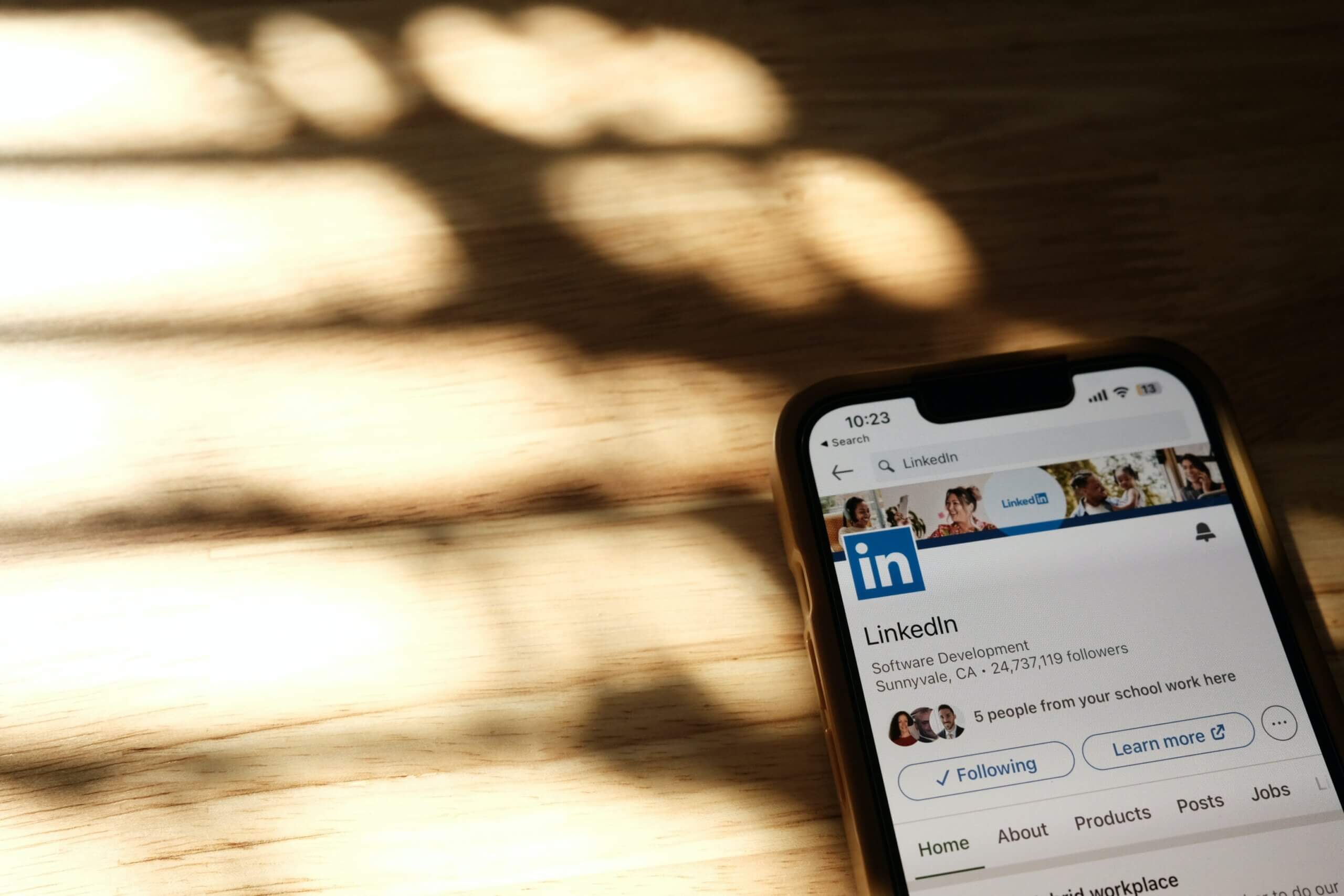Advertisement has especially changed in the last few decades.
From simple print ads to sophisticated digital campaigns, the goal remains the same: The goal is to grab the audience’s attention and make them want to make the desired purchases. As the business globe advances, which is already highly competitive today, advertising has never been more important for any company. Every business whether it is a local store or an MNC has to choose the right strategies that would lead to success in the long run.
In this article, revshare will be sharing with our readers some top-notch advertising methods that other businesses apply successfully. These strategies are concerned with reach, relevance, response, costs as well as the return on investment (ROI).
Best Advertising Strategies For Business Success
Targeted digital advertising: Reaching the right audience
In the world of advertising, relevance is king. One of the most effective strategies today is leveraging targeted digital advertising. Through platforms like Google Ads, Facebook, Instagram, and LinkedIn, businesses can create hyper-targeted campaigns that reach specific audience segments based on demographics, interests, online behavior, and more.
Why it works: By focusing on the right people, rather than everyone, targeted ads increase the likelihood of engagement and conversion. With platforms offering advanced analytics, advertisers can refine their targeting and improve ad performance over time.
Key tips:
- Use tools like Google Analytics or Facebook Pixel to track user behavior.
- Continuously optimize your ad creatives and copy based on real-time data.
- Utilize A/B testing to see what resonates with your audience.
Content marketing: Storytelling that resonates
Content marketing isn’t just about blogs and articles—it’s about telling a story that connects with your audience. When you focus on creating valuable, informative, or entertaining content, you draw people in organically. This can be in the form of videos, podcasts, infographics, and even live webinars. Unlike traditional ads, content marketing builds a relationship with the audience over time.
Why it works: People are bombarded with ads all day. Nearly 70% of social media users are not happy with the high number of ads. High-quality content, on the other hand, provides real value, making it less intrusive and more likely to foster trust and brand loyalty. When consumers feel that a brand educates or entertains them, they’re more inclined to purchase from it.
Key tips:
- Focus on providing solutions to your audience’s pain points.
- Use SEO strategies to ensure your content ranks on search engines.
- Invest in video marketing; it’s engaging and widely preferred by consumers.
Influencer partnerships: Leveraging trusted voices
The rise of social media influencers has reshaped how brands engage with consumers. Influencer marketing, when done correctly, can lead to the authentic promotion of products through trusted voices. Whether it’s a major celebrity or a micro-influencer, an endorsement from someone people trust can significantly impact purchasing decisions.
Why it works: Influencers often have dedicated followings that trust their recommendations. When influencers promote products in an organic, non-pushy way, their audiences are more likely to engage with the product or service being advertised.
Key tips:
- Partner with influencers whose audience matches your target market.
- Ensure the partnership feels authentic—forced promotions often lead to distrust.
- Track influencer campaigns using unique discount codes or tracking links.
Retargeting: A second chance to make a first impression
Retargeting, also known as remarketing, is a powerful way to re-engage users who have previously interacted with your brand but didn’t convert. Through cookies, advertisers can follow users across different platforms, serving them ads that remind them of products or services they viewed earlier.
Why it works: Retargeting keeps your brand top of mind, especially for users who are in the consideration phase of their buyer journey. It’s a way to nudge potential customers towards making a purchase, especially when they’ve shown previous interest.
Key tips:
- Personalize your retargeting ads based on user behavior (e.g., abandoned cart emails).
- Set frequency caps to avoid annoying users with too many ads.
- Use enticing offers or discounts to encourage conversions.
Social proof: Building trust through testimonials and reviews
In today’s digital age, people rely heavily on the opinions and experiences of others when making purchasing decisions. Social proof, such as customer reviews, testimonials, and case studies, can be leveraged in ads to instill confidence and trust in potential buyers.
Why it works: Social proof provides real-world validation of a product’s quality. When potential customers see that others had positive experiences, they’re more likely to convert.
Key tips:
- Highlight customer testimonials in your ad creatives.
- Use user-generated content (UGC) to create relatable, authentic ads.
- Showcase high ratings and awards in your messaging to build credibility.
Geotargeting and local ads: Hyper-local campaigns
Geotargeting allows advertisers to serve ads to people based on their geographic location. This strategy is particularly useful for brick-and-mortar stores, local service providers, and event-based marketing. By focusing on local consumers, businesses can deliver more personalized, relevant ads.
Why it works: People are more likely to engage with ads that are highly relevant to their immediate surroundings. By targeting a local audience, businesses can promote special offers, events, or services tailored to the community.
Key tips:
- Use geofencing technology to trigger ads when users enter a specific location.
- Customize your messaging based on regional trends or events.
- Incorporate call-to-action buttons like “Get Directions” or “Call Now” to increase conversions.
Conclusion
Successful advertising is all about finding the right balance between creativity, targeting, and consistent execution. By combining these strategies, you can create an advertising approach that resonates with your audience, builds trust, and drives conversions. Whether you’re focusing on digital advertising, content marketing, or influencer partnerships, remember that adaptability and data-driven insights are key to staying ahead in a competitive landscape.





